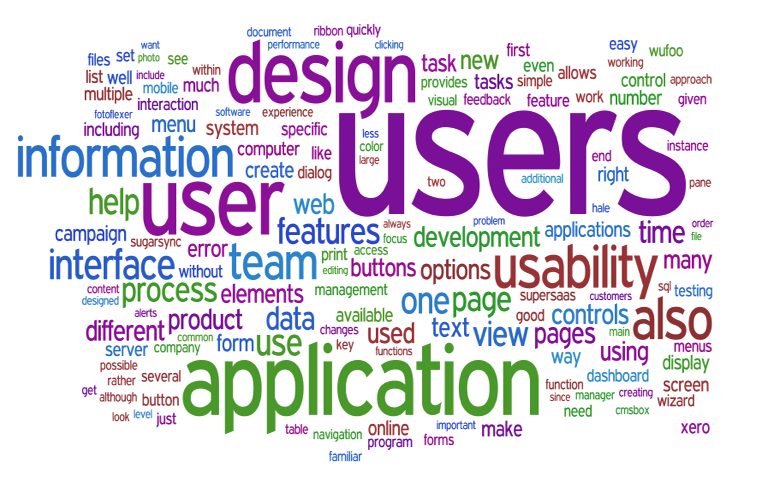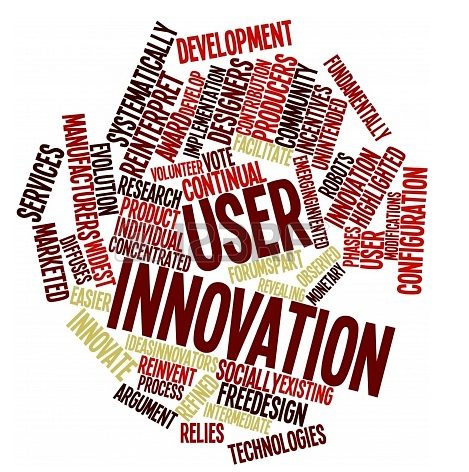I’m afraid it is quite difficult to explain, is something others struggle with, and others ignore the need to define.
“Design is a particularly fertile and challenging subject for the historian because it occurs at a point of intersection or mediation between different spheres, that is between art and industry, creativity and commerce, manufactures and consumers. It is concerned with style and utility, material and artifact and human desires, the realms of the ideological, the political and the economic. It is involved in the public sector as well as the private sector. It serves the most idealistic and utopian goals and the most negative, destructive impulses of human kind. The task of a design historian is a daunting one requiring as it does a familiarity with a multitude of topics and specialisms.” (Walker 1989).
This fertile ground is illustrated by the use of the word design in the English language. It is used as a noun and a verb, and its use in English vernacular takes on common and descriptive meanings. For example, when referring to the look and desire of something – ‘I like the design of those shoes’, or being used as a preprocessor and therefore having some kind of cultural significance – ‘designer jeans’, ‘designer brands’, ‘designer babies’.
In the field of designer, designers themselves find it difficult to agree on a definition of what design means and so many develop their own interpretations, definitions and meanings of design (Ralph and Wand 2009). Unsurprising really when the breadth of how design is categorised in design libraries ranges from: the history of design, materials, styles, fashions, the evolution of products, systems, environments and structures, theoretical perspectives, design movements, schools and institutions, design from different continents and countries, fashionable or popular designers, design groups, organisations and businesses, conferences, manufacturing companies, brands, journals and magazines, as well as different design fields, subjects and disciplines – which in themselves can be hard to categories or distinguish between in their purley textual, pictorial or a mixture of the two formats.
So with all this confusion it’s a wonder that anyone is able to design at all! Not so suggests one design researcher,
“…definitions serve strategic and tactical purposes in inquiry. They do not settle matters once and for all… Instead, they allow an investigator… to clarify the direction of their work and move ahead with inquiry in a particular thematic direction.” (Buchanan 2001)
However in this instance a perspective of design what resonates with the I&I programme is that:
“Everyone designs who devises courses of action aimed at changing existing situations into preferred ones. The intellectual activity that produces material artifacts is no different fundamentally from the one that prescribes remedies for a sick patient or the one that devises a new sales plan for a company or a social welfare policy for a state. Design, so construed, is the core of all professional training; it is the principal mark that distinguishes the professions from the sciences.” (Simon 1996).
At IRISS our relationship between design and innovation and improvement (I&I) in the social services sector is evolving.
Part of our role is to test and reflect on what design can offer those in contact with social services. The blog posts I am writing will focus upon design, participatory design, visual communication and service design which all take a human centered approach but are rather large an ill defined areas. So to support understanding around the perspectives I am engaging with check out my other post – So who designs and what are we designing for?
References
First image sourced from – http://www.nngroup.com/articles/tag-cloud-examples/
Second image sourced from – http://www.123rf.com/photo_16578812_abstract-word-cloud-for-user-innovation-with-related-tags-and-terms.html
Buchanan R (2001) Design research and the new learning, Design Issues, Autumn, Vol. 17, No. 4, Pages 3-23.
Dilnot C (1984) The state of design history: part I, in Design Issues, Vol. 1, No. 1, Spring, pp. 4-23, MIT Press.
Ralph P, Wand Y (2009) A proposal for the formal definition of the design concept, in Design requirements engineering: A ten-year perspective lecture notes in business information processing, Volume 14, 2009, pp 103-136, Springer Berlin Heidelberg.
Simon H (1996) The sciences of the artificial, MIT Press.
Walker J (1989) Design history and the history of design, Pluto Press.

